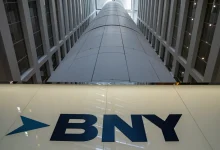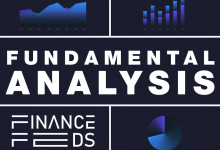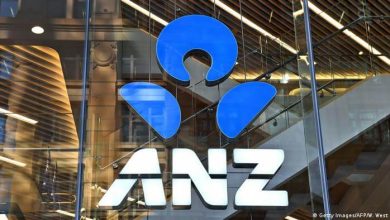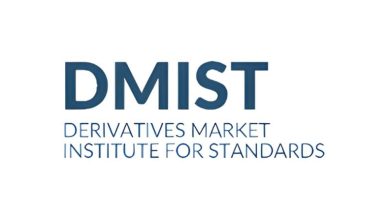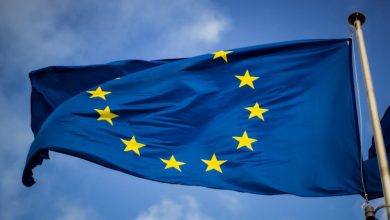WhatsApp Pushes Deeper Into Commerce With QR Code Payments in India
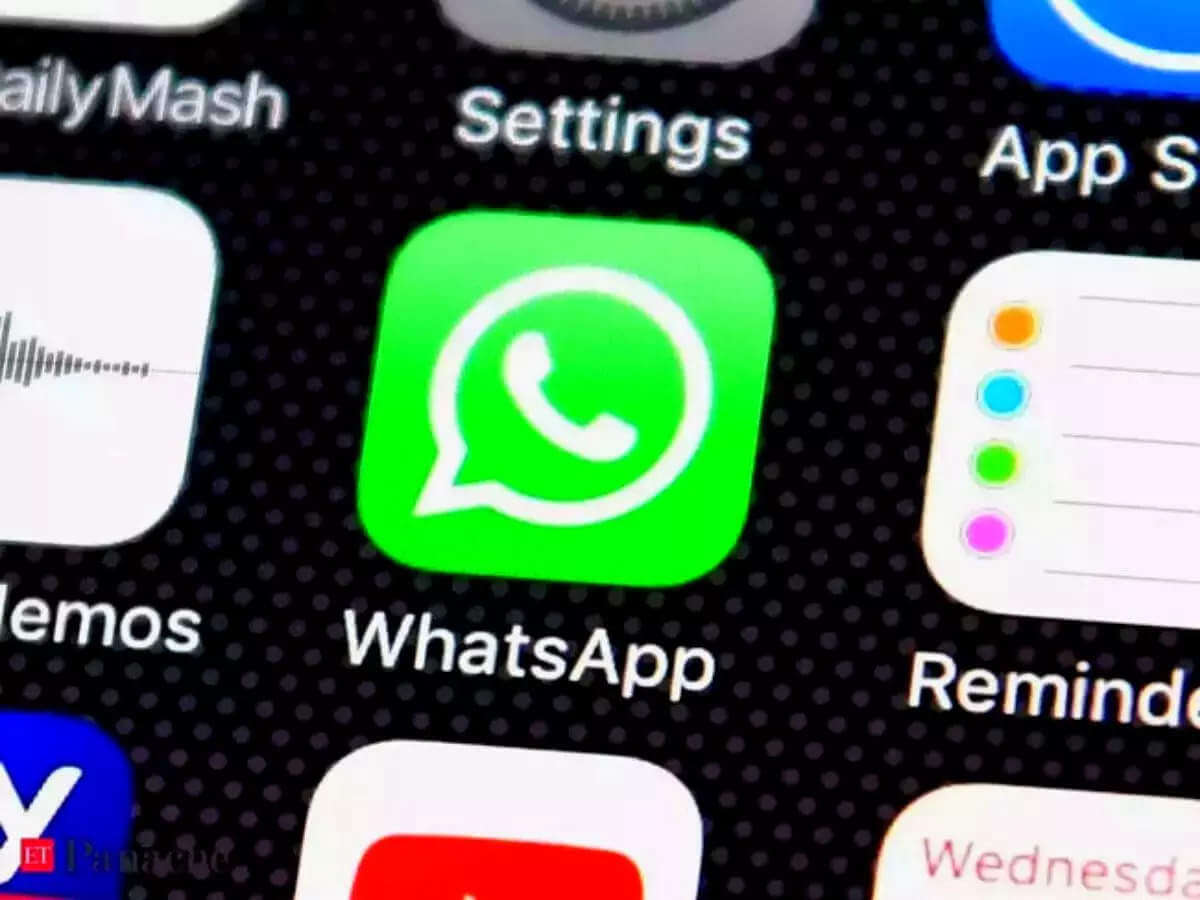

Meta is turning WhatsApp into more than a chat app. At its business summit in Mumbai this week, the company unveiled a new feature that lets small firms generate QR codes in one tap, allowing customers to pay inside the app with their chosen method.
For India’s hundreds of millions of WhatsApp users, the update is more than cosmetic. Until now, QR codes on the platform were mostly for pulling up a chat or catalog. The new tool completes the loop: customers can browse a business’s catalog, ask questions, and then pay without leaving the conversation.
“Small businesses can now share their QR code easily and accept payments right in WhatsApp,” Meta said at the summit.
Years in the Making
Payments on WhatsApp in India have been a sluggish build, shaped as much by regulators as by technology. The service first launched as a pilot in 2018 but was capped at a tiny user base for years while the Reserve Bank of India and the National Payments Corporation of India (NPCI) pressed Meta on data-localization and compliance.
The company gradually. A 20 million user cap came in 2020, doubled a year later, raised to 100 million in 2022, and only lifted entirely in late 2024. That opened the door for WhatsApp to offer payments to its entire Indian user base just months before this QR-based business feature arrived.
The context matters: India is the global leader in instant payments. UPI, the public digital payments rail run by NPCI, processed around 20 billion transactions in August alone, worth more than ₹25 trillion ($300 billion).
WhatsApp is a late entrant compared with PhonePe, Google Pay and Paytm, which dominate UPI transactions. PhonePe holds and Google Pay roughly a third. WhatsApp’s payments share is still small, but its distribution channel is unique.
Unlike rivals, WhatsApp doesn’t need to persuade users to download another app—they’re already chatting. If checkout becomes a natural step inside the conversation, WhatsApp could capture merchants who otherwise rely on clunky redirects or external wallets.
That’s particularly attractive to India’s legions of micro and small enterprises. Many already use WhatsApp Business to manage orders, broadcast offers and provide support. The app’s catalog and messaging tools are free; the new payments feature plugs directly into that workflow.
Regulatory Lens
NPCI has balanced growth with caution. It has extended daily limits for some categories while delaying rules meant to . It has also curbed certain higher-risk “pull” transactions. Against that backdrop, WhatsApp’s new QR option will be closely watched for how it handles fraud, refunds and reconciliation.
India is also the only market where WhatsApp can do this at scale. Other countries lack a UPI-style universal rail, meaning Meta would have to stitch together patchwork deals with banks and wallets. For now, India remains the testing ground.
At the identical summit, Meta also rolled out new advertising and . Taken together, the package signals Meta’s intent to turn WhatsApp into a full commercial stack: discovery through ads, chat for engagement, and payments to close the sale.
For India’s merchants, that means a free chat app is begining to look more like a point-of-sale terminal. And for Meta, it is another step toward monetizing the by leaning into the way people already purchase and trade: in conversation.
